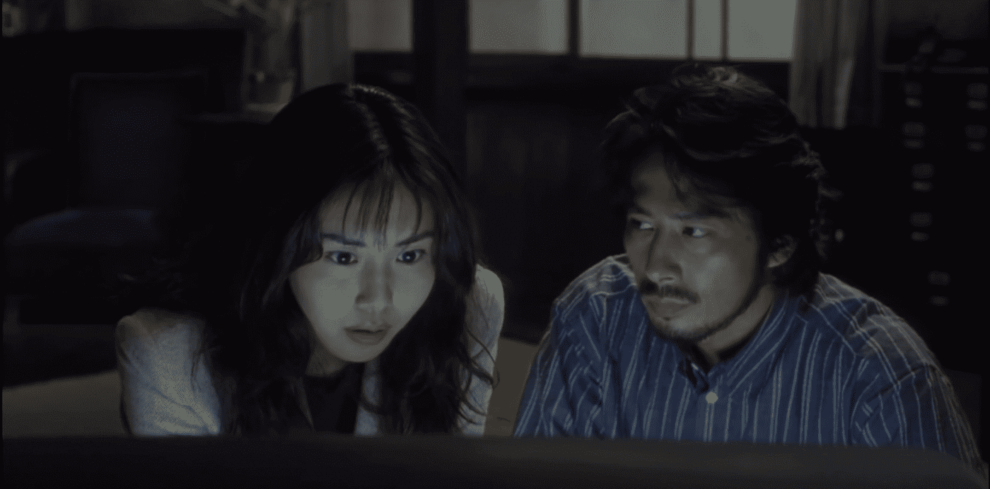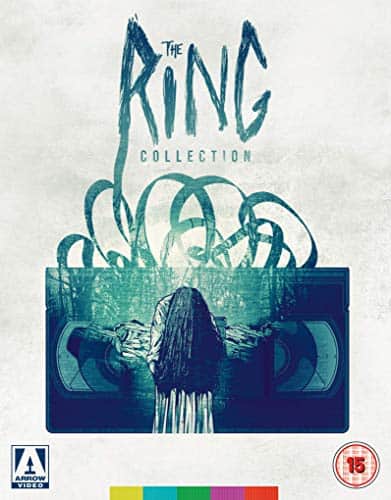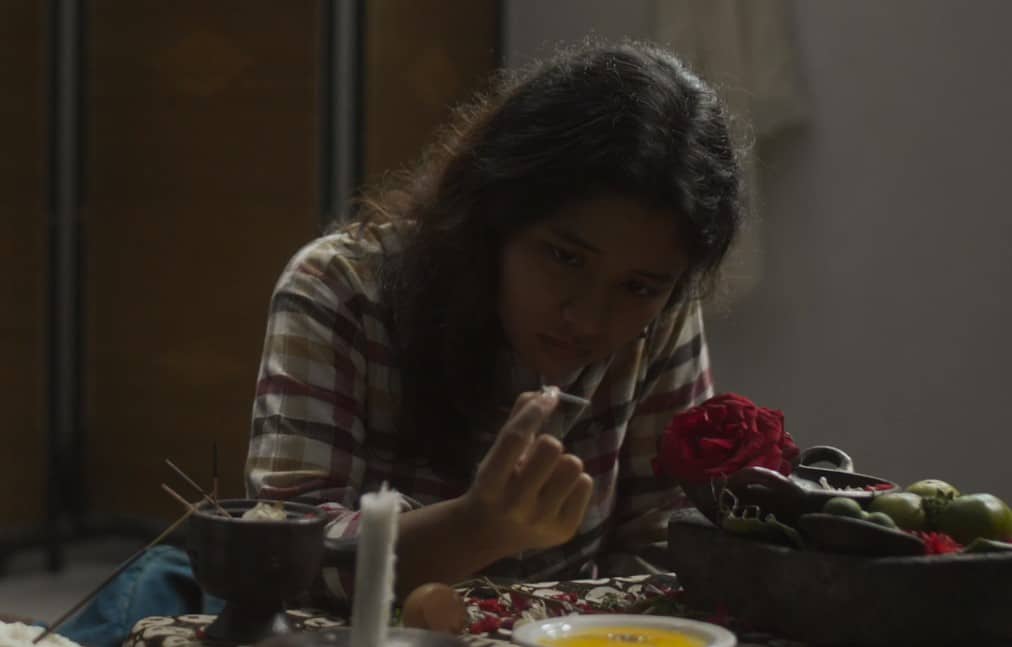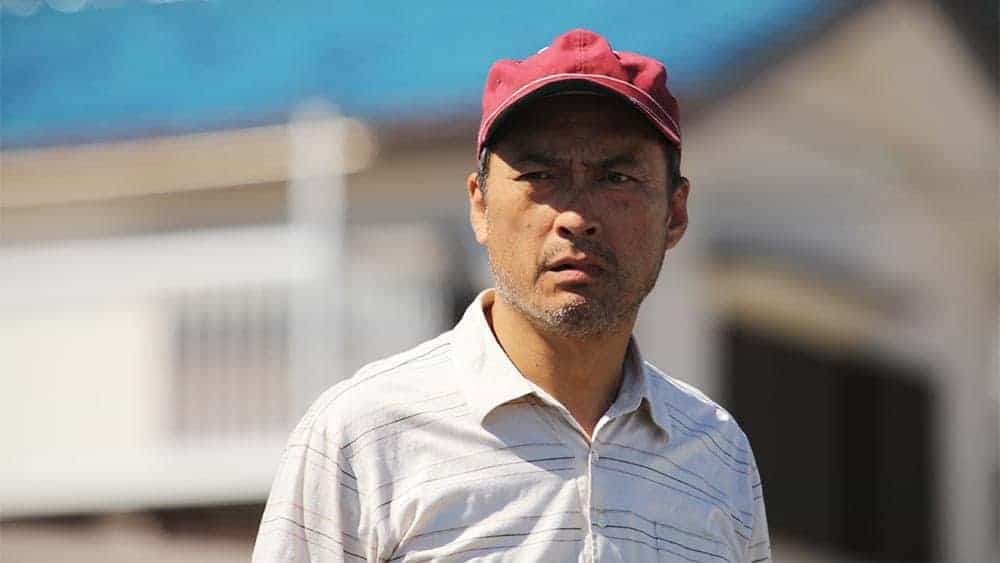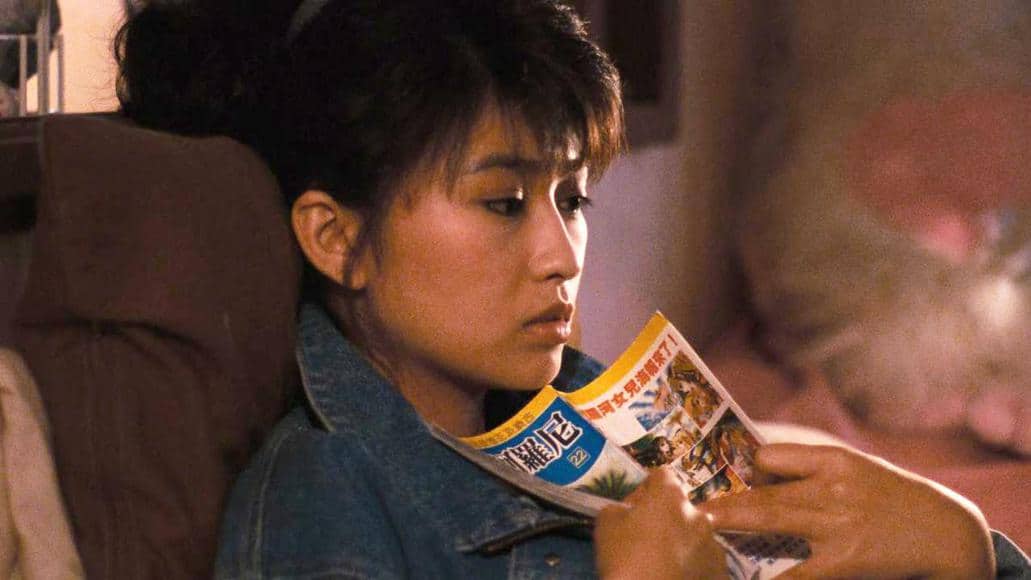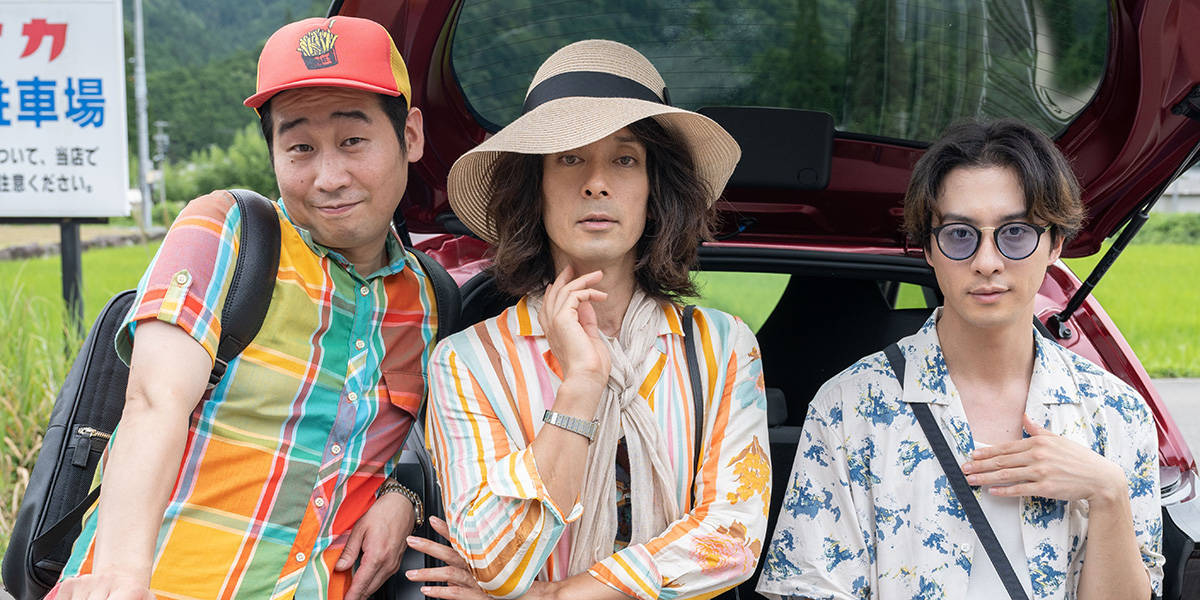With only six years of directorial experience and two other small-budget horror flicks to his name, Hideo Nakata's adaptation of Koji Suzuki's novel, “Ring,” is a slowburn film-noir which unwraps into terrifying calamity in its final act. With the exception of “Dark Water” in 2002, the director's filmography does not include many other highly regarded movies in any genre. Nonetheless, it is not without reason that “The Ring” is a J-horror classic which resulted in countless sequels and adaptations across the globe, and is still one of the world's most appraised—if not loved—horror movies today.
Buy This Title
The movie begins with a highschooler named Tomoko dying from an unknown supernatural cause after her TV turns on by itself. As Reiko Asakawa, an investigative journalist who happens to be Tomoko's aunt, devotes herself to the case, she begins to notice a strange pattern among the string of obscure, unprompted deaths throughout the city: All the victims died with a facial expression of pure, unadulterated fear on their faces, and each of them had witnessed footage of a strange and supposedly cursed tape around their time of death. After digging deeper, searching for clues and conducting interviews leads Reiko to a cabin in the woods, where she discovers a mysterious tape which is rumored to lead to one's death exactly one week after watching it.
Entranced by the mystery, Reiko watches the allegedly cursed video through a VCR player in the cabin; the phone rings a few seconds after the video ends, only to convey an ominous metallic screeching noise when Reiko answers. This is enough to convince the investigator that she has reached the point of no return; faced with the threat of death in seven days, she consults her ex-husband, a college professor named Ryuji Takayama. Ryuji also witnesses the cursed footage in order to help seek out leads on the case, thus placing a death-sentence upon himself as well. With only a few clues and a slowly depleting, finite amount of time, the ex-lovers trace the video back to its roots, journeying through paranormal occurrences and uncovering awful secrets lost in time. Yet director Hideo Nakata ends on a philosophical note in the final few minutes of “The Ring,” illustrating that sometimes the cruelest entities don't exist in the supernatural realm, instead manifesting themselves within the most basic desires of human beings.
To put it bluntly, “Ring” excels in practically every way to create a dismal atmosphere which gradually trudges into something more and more harrowing throughout its hour and a half runtime: Author Koji Suzuki has created one of the most effectively terrifying horror concepts in his writing, and Hideo Nakata masterfully adapts it into a big-screen production. Not only does the movie feature stellar performances from Nanako Matsushima and Hiroyuki Sanada as doomed ex-lovers trying to make sense of the impossible, but its ominously slow pacing, bleak noir vibe and the insidiously shrill music score from Kenji Kawa- the highly regarded Japanese soundtrack composer known for his contributions in anime series such as “Devilman” and “Patlabor” – come together to create a horrendous viewing experience of epic proportions. Cinematographer Junichiro Hayashi has an eye for detail in the somber earthy tones which appear in the outfits of characters, scenes by the ocean, and shots of gloomy buildings; “The Ring” is not only engaging from a narrative and conceptual standpoint, but also in the fact that it is visually stunning from start to finish.
Even if director Hideo Nakata's directorial efforts after “The Ring” offers an array of films that are lukewarm and, more often than not, disappointing, “Ring” will always stand out as one of the most notable horror movies of all time, setting a standard for J-horror style and extending past Japan to gain international recognition. It is no surprise that “The Ring” is still watched and talked about in present times; Nakata's work is a true instance of movie magic.


